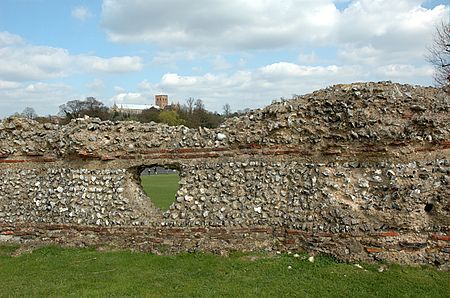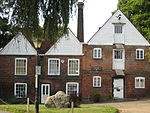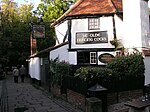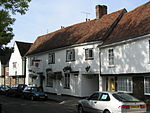Verulamium
Archaeological museums in EnglandArchaeological sites in HertfordshireEnglish Heritage sites in HertfordshireFormer populated places in HertfordshireGrade I listed buildings in Hertfordshire ... and 14 more
Grade I listed ruinsHistory of HertfordshireHistory of St AlbansMuseums in HertfordshireMuseums of ancient Rome in the United KingdomRiver VerRoman St AlbansRoman archaeologyRoman sites in HertfordshireRoman towns and cities in EnglandRuins in HertfordshireScheduled monuments in HertfordshireTheatres in Roman BritainUse British English from February 2023

Verulamium was a town in Roman Britain. It was sited southwest of the modern city of St Albans in Hertfordshire, England. A large portion of the Roman city remains unexcavated, being now park and agricultural land, though much has been built upon. The major ancient Roman route Watling Street passed through the city. Much of the site and its environs is now a scheduled monument.
Excerpt from the Wikipedia article Verulamium (License: CC BY-SA 3.0, Authors, Images).Verulamium
Verulamium Park cycle path- Causeway, St Albans St Stephens
Geographical coordinates (GPS) Address External links Nearby Places Show on map
Geographical coordinates (GPS)
| Latitude | Longitude |
|---|---|
| N 51.75 ° | E -0.3539 ° |
Address
Roman Verulamium
Verulamium Park cycle path- Causeway
AL3 4AE St Albans, St Stephens
England, United Kingdom
Open on Google Maps








